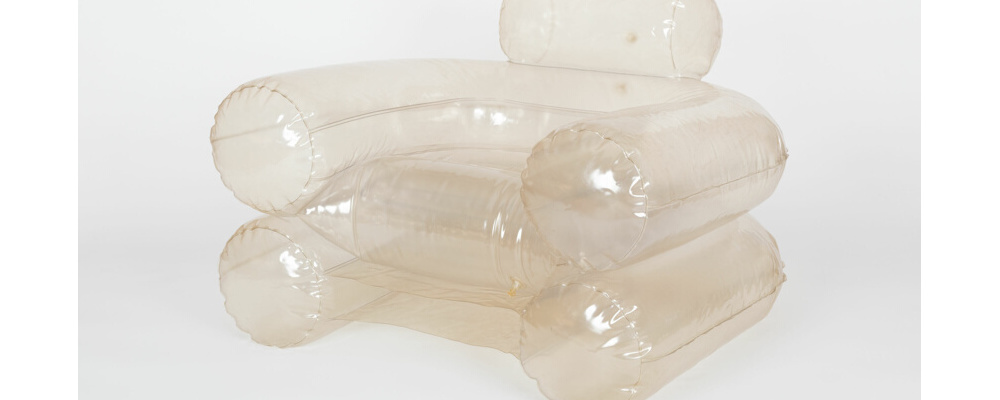Yellowing of plastic objects due to chemical degradation is a common heritage conservation challenge. In the case of poly(vinyl chloride) elimination of hydrogen chloride leads to the formation of polyene sequences that act as chromophores. The effect of environmental variables (temperature and relative humidity) and sample characteristics (plasticizer content and polymer molecular weight) on the yellowing of PVC has been modelled using multiple linear regression. The lifetime of PVC objects due to yellowing was defined and can be predicted using the damage function. The ‘1-°C-equivalent’ concept was introduced to enable variable prioritisation from a heritage management perspective.


